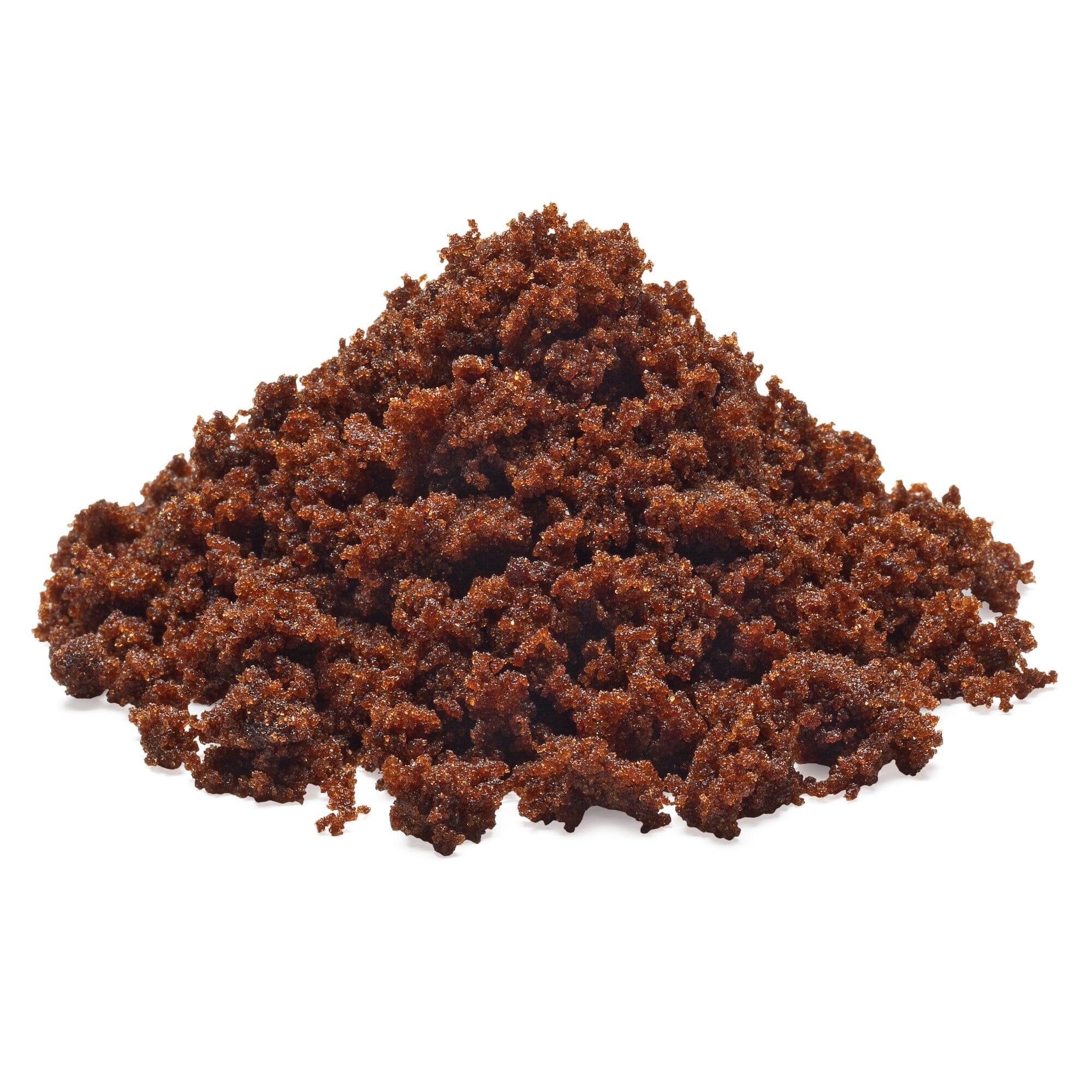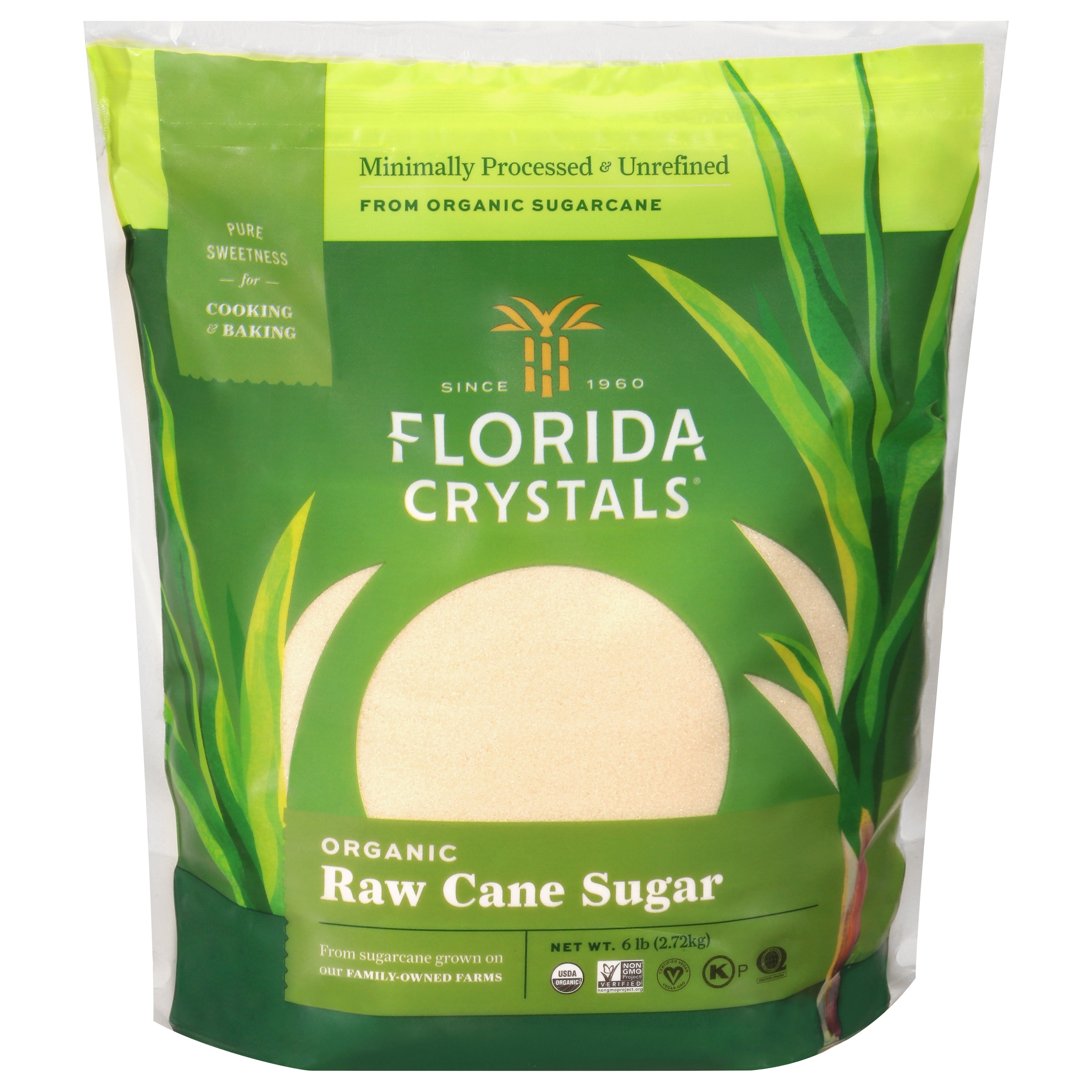Comprehending Cane Sugar Processing: A Comprehensive Review of the Stages
Comprehending Cane Sugar Processing: A Comprehensive Review of the Stages
Blog Article
Discovering the Comprehensive Steps Associated With Walking Cane Sugar Handling From Gathering to Improvement
The process of walking cane sugar manufacturing incorporates a series of elaborate steps, beginning with the mindful harvesting of sugarcane and culminating in the refinement phases that make certain the last product meets industry criteria. Each stage, from the removal of juice to the filtration and formation processes, plays an essential duty in identifying the quality and personality of the sugar. Comprehending these stages not just highlights the intricacy of sugar production yet additionally raises crucial questions concerning effectiveness, sustainability, and technology in the sector. What effects do these elements have for future practices?
Gathering Sugarcane
Gathering sugarcane is an important step in the cane sugar processing chain, as it directly affects the top quality and return of the end product. Appropriate timing and strategies are vital throughout this phase to make sure optimal sugar content and reduce losses. Usually, sugarcane is gathered when it reaches maturation, usually 12 to 18 months after growing, identified by a high sucrose focus.

Post-harvest, the sugarcane needs to be refined swiftly to protect against sucrose degradation. Preferably, gathered walking cane should be moved to processing facilities within 24-hour to preserve sugar high quality. For that reason, efficient logistical planning is vital to maintain the integrity of the gathered crop throughout the supply chain.
Removal Refine

The smashed walking cane undergoes a collection of pressing procedures to maximize juice healing. Generally, warm water is sprayed onto the smashed walking stick, producing a countercurrent flow that aids dissolve the sugar while also aiding in the removal process. The juice gathered from this operation has not just sugar yet likewise various natural substances and contaminations.

To enhance removal performance, some facilities might employ diffusion methods, where the sugarcane is taken in hot water, allowing the soluble sugars to diffuse right into the fluid. The resulting juice, abundant in sucrose, is then routed to subsequent handling phases, laying the structure for purification and refinement. The removal process is hence essential in establishing the top quality and yield of the last sugar item.
Purification Strategies
The filtration methods utilized in walking stick sugar handling are necessary for transforming the raw juice right into a top notch sugar product. These approaches mostly aim to remove pollutants, such as dirt, plant materials, and not natural substances, which can adversely basics influence the final item's taste and color.
Among the most typical filtration techniques is information. This procedure entails including lime and heat to the raw juice, which assists in the coagulation of impurities. The resulting precipitate is after that gotten rid of through sedimentation or filtering, generating a clearer juice. Additionally, making use of phosphoric acid can enhance the information procedure by more binding contaminations.
One more considerable method is carbonatation, where co2 is presented to the clarified juice. This reaction generates calcium carbonate, which records remaining contaminations and advertises their removal.
In addition, activated carbon treatment may be put on adsorb any staying colorants and organic impurities, making sure a much more refined item. The combination of these approaches efficiently prepares the sugar juice for subsequent steps in the refining process, setting the stage for the manufacturing of top notch walking stick sugar.
Condensation Methods
After the purification stage, the following important action in walking stick sugar handling includes crystallization techniques, which play a critical role in changing the made clear juice right into solid sugar. This procedure usually uses two main methods: spontaneous crystallization and regulated formation.
In spontaneous formation, supersaturated sugar remedies are enabled to cool normally, resulting in the formation of sugar crystals with time. This technique is simpler yet might cause irregular crystal sizes and reduced purity degrees. On the other hand, managed crystallization is an extra accurate strategy where seeding, temperature level, and focus representatives are thoroughly managed. This method enables the uniform development of sugar crystals and greater purity.
Throughout crystallization, the clarified juice is focused through evaporation, boosting its sugar content up until it reaches supersaturation. When this factor is achieved, either method can promote the crystallization procedure. Cane Sugar Processing. The resultant sugar crystals are then separated from the continuing to be syrup via centrifugation
Ultimately, the option of condensation method influences the quality, dimension, and pureness of the final sugar product, making this action vital in the general cane sugar processing procedure.
Refinement and Packaging
How can the pureness and image source high quality of walking cane sugar be even more enhanced after condensation? The improvement procedure plays an essential duty in achieving high-quality walking cane sugar.
Following, the sugar is subjected to a procedure called centrifugation, where it is rotated at broadband to separate the cleansed sugar crystals from the remaining fluid. After centrifugation, the sugar is usually more fine-tuned through an approach called carbonization or phosphatation, which uses activated carbon or phosphoric acid to remove color and off-flavors.
As soon as fine-tuned, the sugar is dried out to accomplish the desired wetness content, ensuring that it stays stable throughout storage space and transport. The final action involves product packaging the polished sugar in impermeable and moisture-proof containers to preserve its top quality and prevent contamination. Cane Sugar Processing. Correct packaging not only expands service life yet also assists in very easy handling and distribution, ensuring that consumers obtain sugar that meets the greatest standards of purity and high quality
Verdict
The extensive actions associated with cane sugar processing, from the careful harvesting of sugarcane to the intricate refinement and packaging stages, emphasize the relevance of each phase in guaranteeing high-grade sugar manufacturing. Optimum harvesting techniques, Recommended Site efficient extraction techniques, and extensive filtration processes jointly add to the end product's purity and security. The crystallization and subsequent packaging practices additionally boost the integrity and service life of the sugar, highlighting the complexity and accuracy inherent in this important agricultural market.
The process of walking stick sugar production encompasses a collection of detailed actions, starting with the cautious harvesting of sugarcane and culminating in the refinement phases that make sure the last item satisfies industry criteria. Preferably, collected walking cane must be transported to refining centers within 24 hours to preserve sugar high quality.In spontaneous condensation, supersaturated sugar solutions are allowed to cool normally, leading to the development of sugar crystals over time - Cane Sugar Processing. The improvement process plays an important role in accomplishing high-quality cane sugar.The thorough actions involved in walking cane sugar handling, from the precise harvesting of sugarcane to the intricate improvement and packaging phases, emphasize the value of each phase in ensuring top notch sugar production
Report this page